#Joinery
Explore tagged Tumblr posts
Text







Jorba Castle Works, Puig de la Guàrdia, Spain - Carles Enrich
#Carles Enrich#architecture#design#building#modern architecture#modern#minimal#old and new#history#ruin#old building#historical#historical sites#castle#shelter#archaeology#spain#spanish architecture#cool design#beautiful places#landscape#slopes#timber#wood architecture#timber frame#joinery#polycarbonate#lightweight#architectural photography#stone
226 notes
·
View notes
Text

Cut and pasted from a civil engineering group on Facebook:
A variety of common wood joints used in woodworking and carpentry. Let's break down some of these joints:
Simple Joints:
Butt Joint: The simplest joint, where two pieces of wood are simply butted together. Not very strong on its own, often reinforced with glue and screws.
Mitre Joint: Two pieces of wood are cut at a 45-degree angle and joined to form a 90-degree corner. Often used for picture frames and decorative elements.
Interlocking Joints:
Dovetail Joint: A strong joint used in drawers and boxes. Interlocking pins and tails create a very strong connection.
Half-Lap Joint: Two pieces of wood are overlapped, with a portion of each piece removed to create a flat surface for joining.
Mortise and Tenon Joint: A classic woodworking joint where a tenon (a projecting piece) on one piece fits into a mortise (a hole) in another. Strong and used in furniture and construction.
Scarf Joint: Two pieces of wood are cut at an angle and joined to create a longer piece. Used for lengthening boards.
Mechanical Joints:
Biscuit Joint: Thin, oval-shaped biscuits of compressed wood are inserted into slots cut into the joining pieces. Glue is then applied, and the pieces are clamped together.
Dowel Joint: Round wooden dowels are inserted into holes drilled in both pieces of wood, providing a strong mechanical connection.
Pocket Hole Joint: A specialized jig is used to drill angled holes into the edge of one piece of wood. Screws are driven into these holes to connect the pieces.
Other Joints:
Box Joint: A series of interlocking fingers create a very strong and visually appealing joint.
Dado Joint: A groove is cut into one piece of wood to receive the edge of another.
Bridle Joint: A variation of the mortise and tenon joint, with additional interlocking elements.
Rabbet Joint: A groove is cut into the edge of one piece of wood to receive the edge of another.
Tongue and Groove Joint: A tongue (a projecting piece) on one board fits into a groove in another. Commonly used in flooring and paneling.
Half-Dovetail Joint: A simplified version of the dovetail joint, often used for drawer boxes.
Key Considerations:
Strength: The strength of a joint depends on the type of joint, the wood species, the quality of the joinery, and the glue used.
Appearance: Some joints are more visually appealing than others, making them suitable for decorative purposes.
Application: The choice of joint depends on the intended use of the piece and the desired strength and appearance.
This image provides a valuable overview of the various wood joints used in woodworking and carpentry. Understanding these joints is crucial for any woodworker or DIY enthusiast.
115 notes
·
View notes
Text







A nice little joinery splurge. These were all for the ETH University in Zürich. They have a materials and techniques library.
58 notes
·
View notes
Text
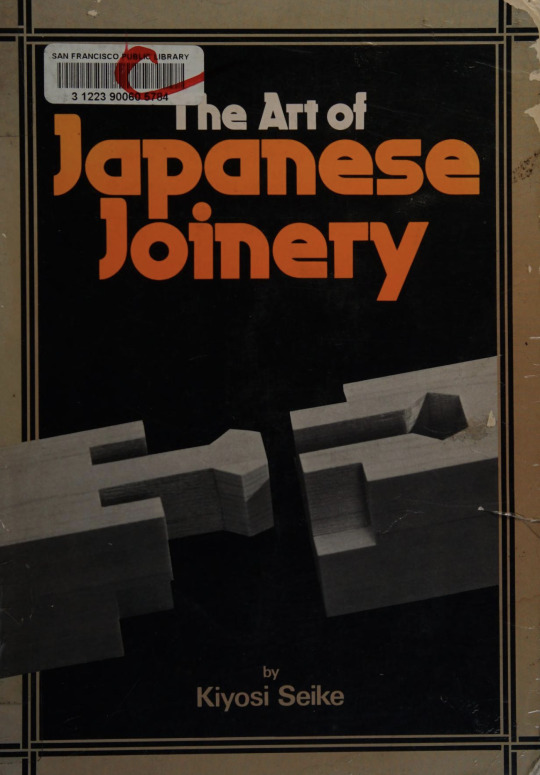
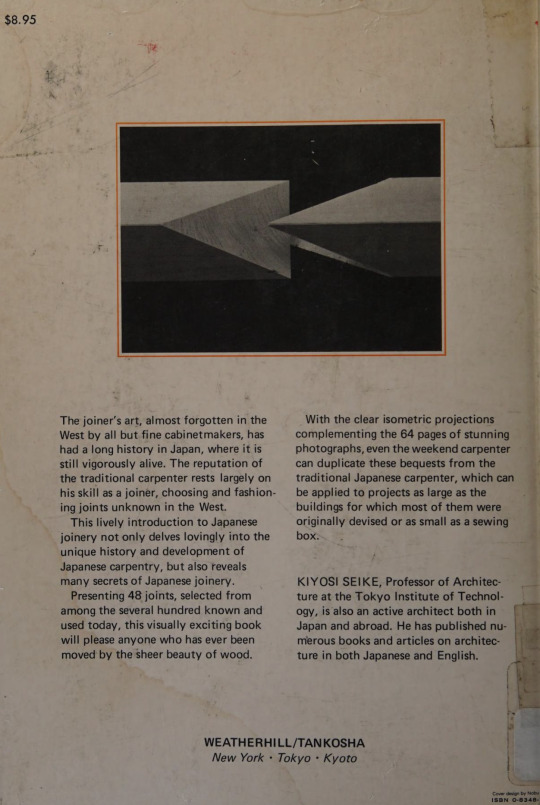
The Art of Japanese Joinery, Kiyosi Seike "The joiner's art, almost forgotten in the West by all but fine cabinetmakers, has had a long history in Japan, where it is still vigorously alive. The reputation of the traditional carpenter rests largely on his skill as a joiner, choosing and fashioning joints unknown in the West."
#quote#Kiyosi Seike#Japan#Seike#carpentry#Japanese joinery#joinery#design#art#architecture#book#book design#cover design#cabinetmaking#wood
297 notes
·
View notes
Text
I got some nice photos taken of my newly built toolchest today (so our shop can document more about our builds) and part of me was feeling really anxious about all its imperfections being recorded forever. But also it was a good time to remind myself that even with imperfections, I built something I'd never made before. I learned a lot while building it and if I built a new one exactly like it right now, I'd do better. Really, it's the paint that's the worst offender in my eyes and that happens to be the most obvious thing because it's covering everything else up.
Anyway, I'm proud of it and I'll keep practicing and improving.
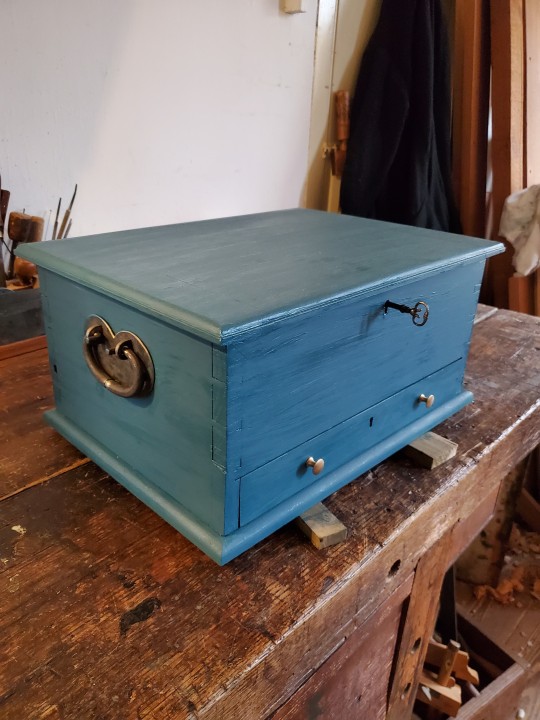

53 notes
·
View notes
Text

#lamp#woodworking#wood carving#joinery#furniture#decor#home decor#interior#carpentry#driftwood art#driftwood#nick offerman#cabinet makers#woodturning#workbench#reclaimedwood#recycling#upcycle
11 notes
·
View notes
Text

It's a box! Or more accurately a box made up of minor mistakes. Been working on improving my dovetails and trying out some extra flourishes with the lid and base. It's kinda a mini version of the school box described in the Joiner and Cabinet maker. (Which incidentally,the full sized one is next on my project list.).
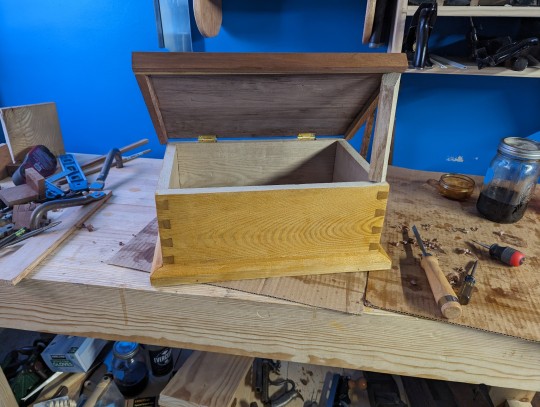
Overall the base moldings ended up a bit too wide so it looks a tad awkward. Also I didn't want to spend anymore time finishing it so it likely needs another coat or two of shellac.
#woodworking#hobby#crafts#hand tools#dovetails#wood box#box#carpentry#joinery#practice#ash#cherry#hinged#messy bench#messy shop
23 notes
·
View notes
Text





An arts & crafts chair off fb marketplace.
5 notes
·
View notes
Text
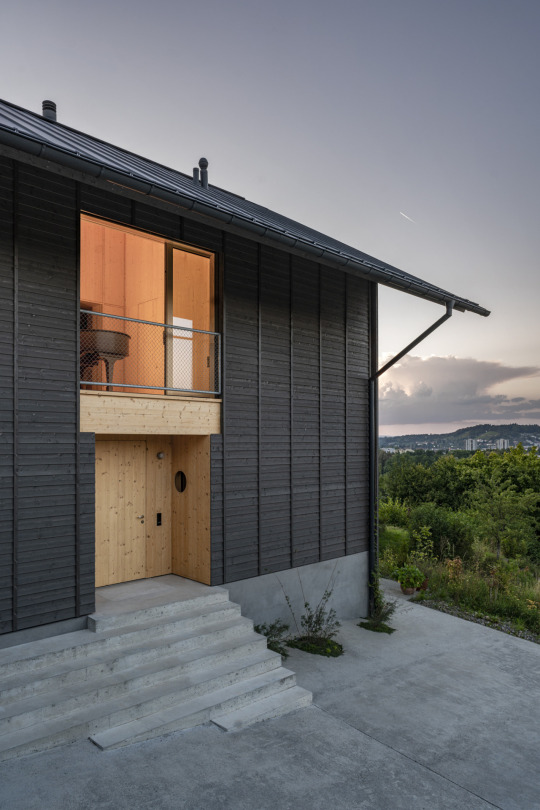
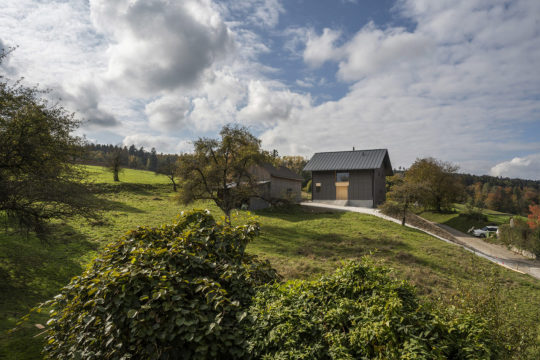



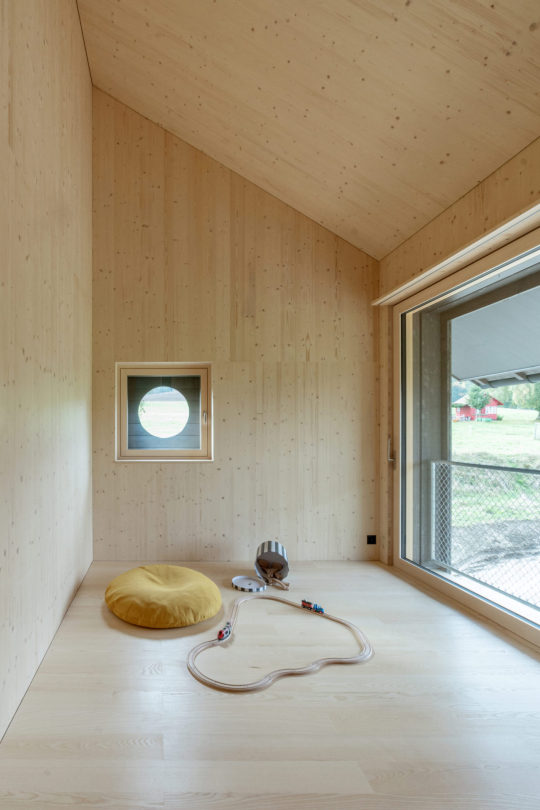


Lake House, Winterthur, Switzerland - Christiane Agreiter & Markus Schietsch
#Christiane Agreiter & Markus Schietsch#architecture#design#building#modern architecture#interiors#minimal#house#concrete#house design#modern#timber#wood#wood architecture#timber cladding#timber flooring#joinery#stairs#living room#hall#pitched#contemporary architecture#cool architecture#beautiful design#light#countryside#nature#hills#switzerland#swiss design
239 notes
·
View notes
Text





It's #TimberTuesday!
Let's take a look at some of the joinery techniques we use on a daily basis.
The post and beam truss joinery on a Cascade Handcrafted Log Home showcases exceptional craftsmanship, featuring robust mortise and tenon joints that ensure a strong and stable structure. These traditional joinery techniques not only enhance the home's durability but also contribute to its timeless aesthetic appeal.
5 notes
·
View notes
Text




This is a lowboard in black cherry I made for a client about two years ago I think.
The whole thing is made with hand cut joinery and all surfaces finished with a hand plane and waxed.
This project was seriously fun. Working with black cherry is amazing :)
26 notes
·
View notes
Text

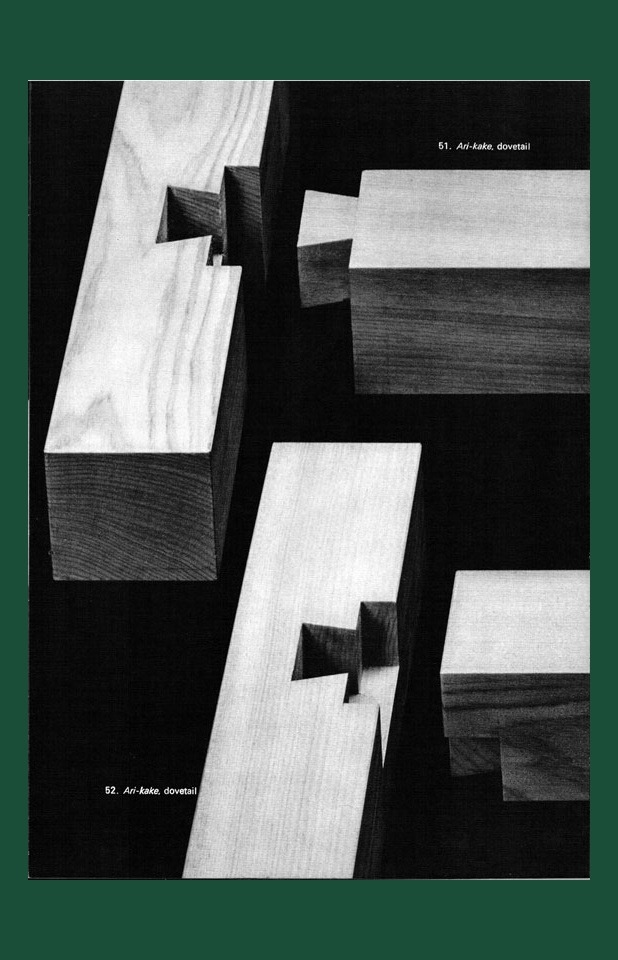
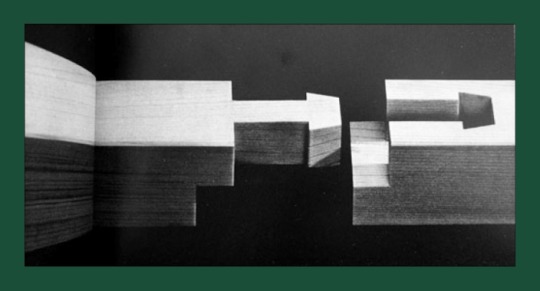
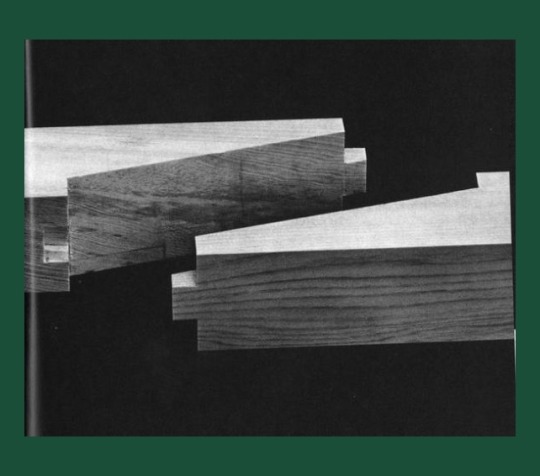
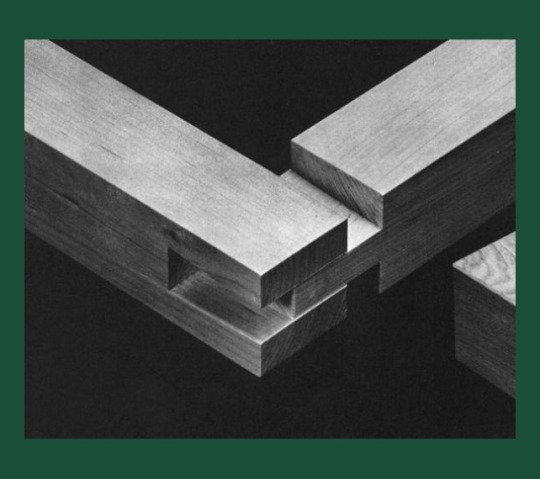


The Art of Japanese Joinery, Kiyosi Seike
#Kiyosi Seike#Seike#Japan#Japanese design#carpentry#architecture#book#book design#Japanese joinery#joinery#cover design#cabinetmaking#wood#art#design
209 notes
·
View notes
Text
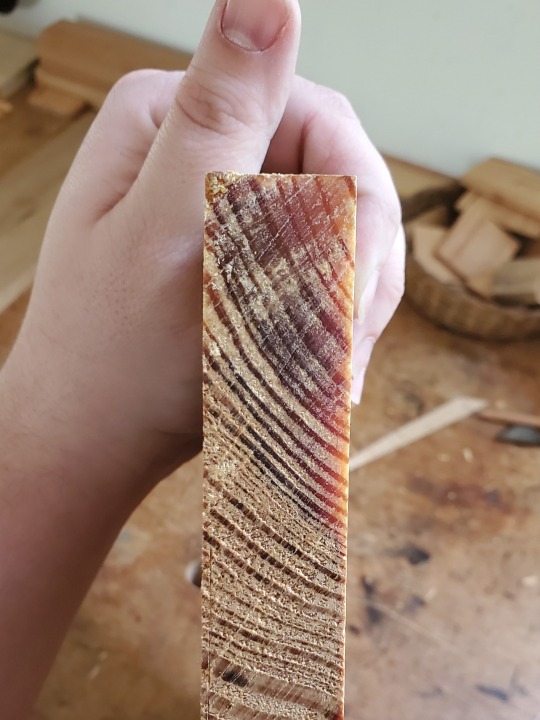
Y'all, look how dark and heavy the resin was in this board of yellow pine I was planing at work (the resin is the darkest reddish-brown color at the top end of the board). The smell coming off of it was amazing but my plane blade was getting so sticky and every shaving was almost tacky to the touch. For real, though, I wish you could smell this. I love the smell of longleaf yellow pine.
#woodworking#woodworker#women in trades#i love handplaning but this board was an adventure#joinery#pine
21 notes
·
View notes
Text

It's dovetail time!
Chopping out dovetails is always a bit cathartic, what will the mallet and sharp chisels.
This is going to become a box for my sharpening stones, with a fixture on the lid to hold a stone in place while I sharpen, so I can have a raised work surface for better comfort/ergonomics.
4 notes
·
View notes
Text
Understanding Modern Home Decor: A Guide to Creating Stylish and Functional Spaces
Introduction:In the realm of interior design, modern home decor has gained immense popularity in recent years. With its clean lines, minimalist approach, and emphasis on functionality, modern decor offers a refreshing and timeless aesthetic. However, understanding the principles and elements that define modern home decor can be overwhelming. This blog post aims to demystify the concept and…
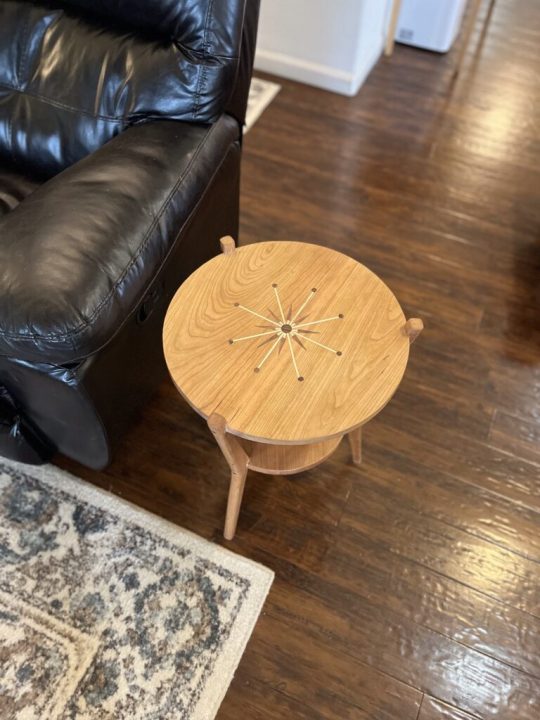
View On WordPress
#Art#Bespoke#Bookcase#Creative#Decor#Download plans#family treasure#Fine furniture#finefurniture#furniture#Furniture design#furniture maker#Handcrafted#handcrafted fine furniture#Heme#homedecor#Homedecore#iris table#joinery#life#love#luxeryfurniture#product#Shellac#Small items under $200#Solid wood furniture#Woodworking
2 notes
·
View notes
